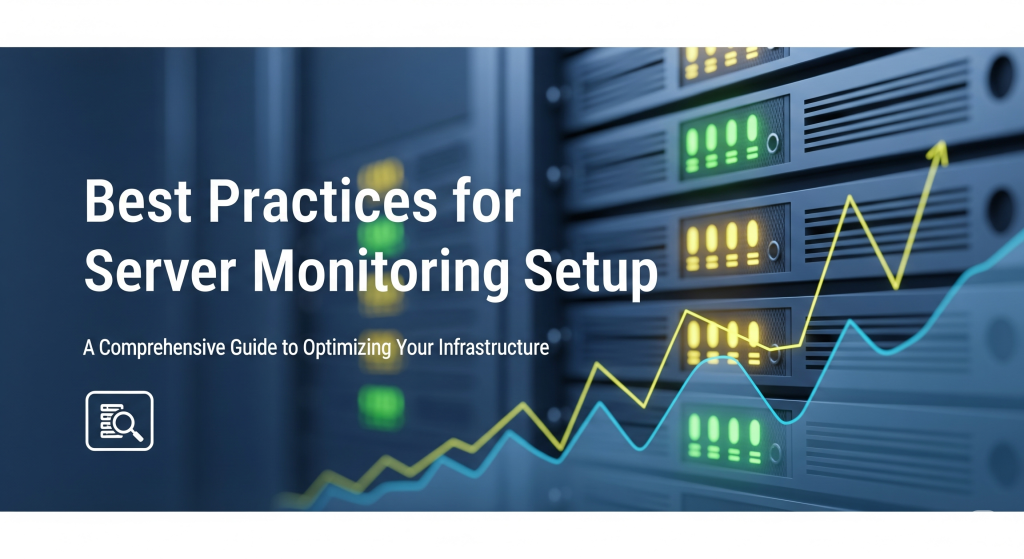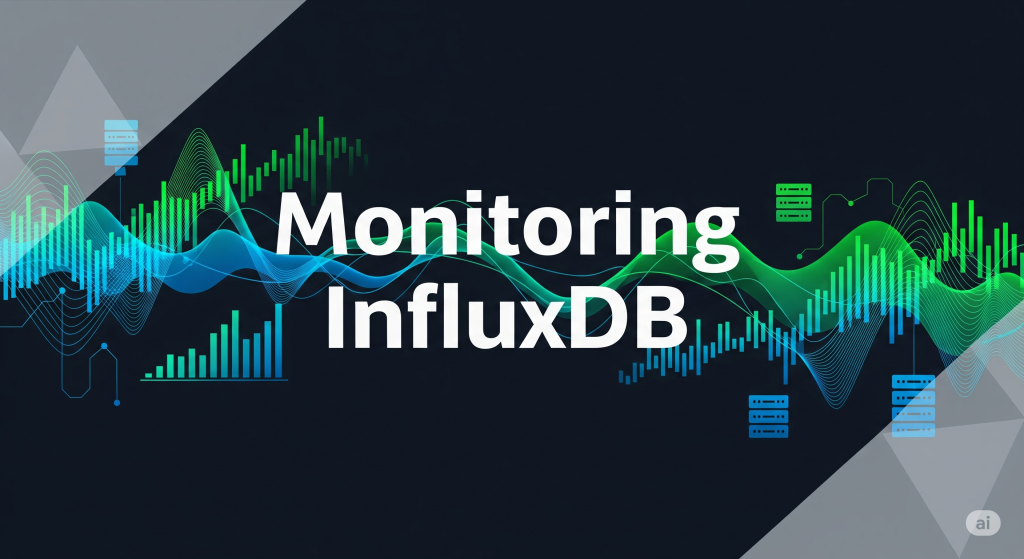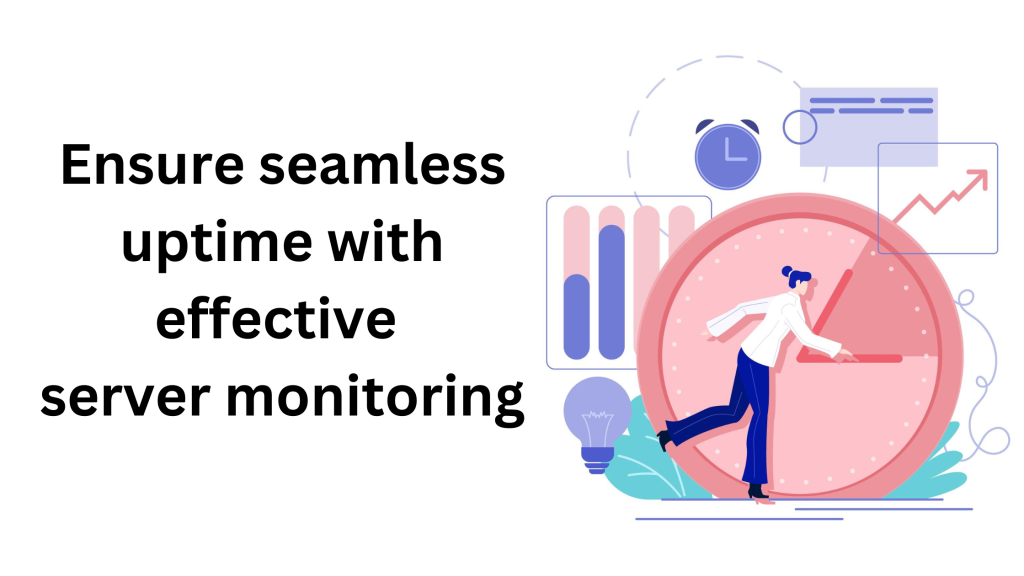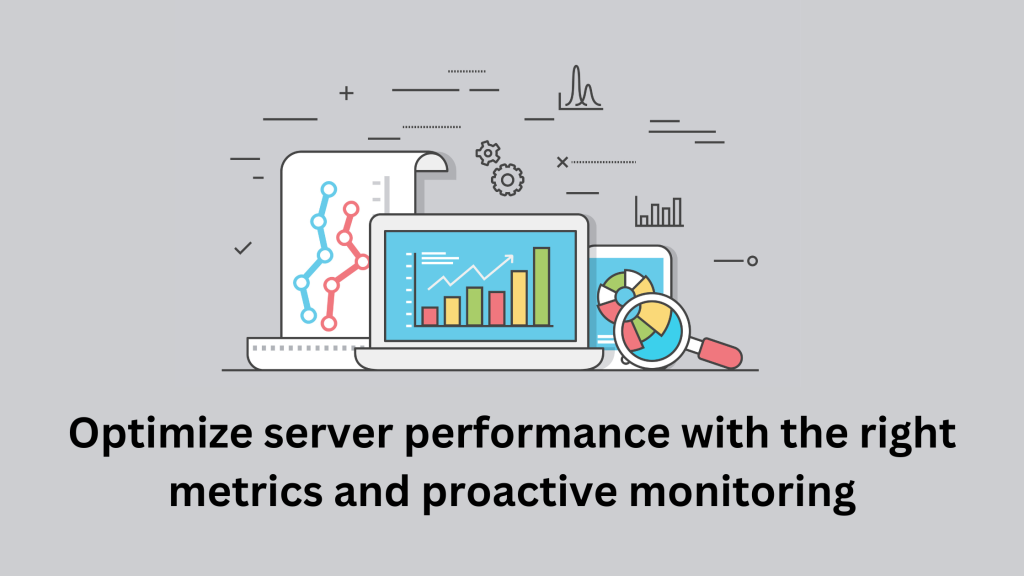サーバーの高い稼働率を確保することは、以下の点で非常に重要です。 維持 シームレスなデジタルオペレーション以下のいずれにも該当しません。 君は ウェブサイト、アプリケーション、インフラストラクチャを管理する。 モニター サーバー稼働時間 を効果的に使用することで、問題を早期に発見し、ダウンタイムを最小限に抑えることができます。このチュートリアルでは 我々は のための重要なステップ、ツール、ベストプラクティスを探る。 モニター サーバーの稼働時間。
アップタイム監視が重要な理由
今日のデジタル時代において、サーバーのアップタイムはビジネスの成功に不可欠です。ダウンタイムが長引くと、収益に影響するだけでなく、顧客の信頼やブランドの評判も損なわれます。サーバーのアップタイムを効果的に監視する方法を学ぶことで、ウェブサイト、アプリケーション、インフラストラクチャを24時間利用できるようにすることができます。
このガイドでは、効果的なアップタイムモニタリングに必要な手順、最適なツール、重要なプラクティスについて説明します。
サーバーのアップタイムを監視する意味
サーバーのアップタイム監視では、サーバーの可用性とパフォーマンスを追跡し、中断のないサービスを保証します。専用のツールを使用することで、ITチームは潜在的な問題を早期に検出し、エンドユーザーに影響が及ぶ前に解決することができます。
ステップ1:適切なアップタイム・モニタリング・ツールの選択
正しいアップタイム・モニタリング・ツールの選択
適切なツールを選択することは、効果的なアップタイム監視の基礎となります。ここでは、人気のあるオプションをいくつか紹介します:
- Xitoring: リアルタイムのモニタリング、カスタマイズ可能なアラート、詳細なパフォーマンス・メトリクスを提供します。
- ピングダム: 高度な合成モニタリング機能を備えたユーザーフレンドリーなツール。
- アップタイムロボット: 5分ごとの無料アップタイムチェックで、手頃な価格と信頼性を実現。
- ベター・スタック: アップタイム監視とインシデント管理およびログ分析を組み合わせています。
- アップタイム・ドット・コム: APIやリアルユーザー監視を含む包括的な監視ソリューションを提供。
ツールを選ぶ際には、レポート機能、統合の容易さ、アラートのカスタマイズといった要素を考慮する。
ステップ2:リアルタイム・アラートの設定
リアルタイム・アラートの設定
ダウンタイムを軽減するためには、タイムリーな通知が不可欠です。リアルタイムのアラートにより、ITチームは潜在的な問題に即座に対応することができます。ほとんどの監視ツールは、次のような複数のアラート・チャネルをサポートしています:
- 電子メール
- ショートメール
- SlackまたはMicrosoft Teamsとの統合
カスタマイズ可能なトリガーのしきい値(例:高レイテンシー、エラー率)は、アラートが実用的で適切であることを保証します。
ステップ3:主要指標をモニターする
主要指標の監視
効果的なサーバーのアップタイム監視のためには、これらの中核的な指標に注目してください:
- 稼働率: 指定された期間におけるサーバーの可用性を測定する。99.99%以上を目指す。
- 応答時間: サーバーがリクエストに応答する速さを表し、ユーザー・エクスペリエンスに影響します。
- エラー率: HTTPエラーの頻度を追跡し、パフォーマンスの問題を知らせる。
- 待ち時間: サーバーのレスポンスタイムの遅延を測定する。
これらのメトリクスは、サーバーの健全性とパフォーマンスに関する洞察を提供し、プロアクティブな問題解決を可能にします。
ステップ4:レポートとログの分析
レポートとログの分析
詳細なレポートとエラーログは、繰り返し発生する問題を特定するために非常に貴重です。以下のようなツールがあります。 Xitoring そして ベター・スタック パフォーマンス・ダッシュボードは、傾向を強調し、脆弱性の発見を容易にする。
これらのレポートを定期的に分析する:
- パフォーマンスのボトルネックを特定する。
- インフラのアップグレードを計画する。
- サービス・レベル・アグリーメント(SLA)の遵守を保証する。
ステップ5:定期的なメンテナンス
定期的なメンテナンスの実施
予防的メンテナンスは、計画外停止のリスクを最小限に抑えます。監視ツールのデータを使用して、次のようなタスクをスケジュールします:
- サーバー・ソフトウェアのアップデート
- ハードウェア検査
- データベースの最適化
- バックアップと災害復旧テスト
定期的なメンテナンスは、システムの健全性を維持し、インフラの寿命を延ばすのに役立ちます。
アップタイム監視のベストプラクティス
アップタイム監視のベストプラクティス
- 明確な目標を定める: 99.99%の可用性を達成するなど、稼働時間の目標を設定する。
- 監視の自動化: 自動化を利用して、稼働時間のチェックやレポート作成などのタスクを効率化する。
- フェイルオーバーシステムのテスト: バックアップシステムが稼動しており、停電時に引き継ぐ準備ができていることを確認する。
- スケーラビリティの確保: ビジネスとともに成長できるツールとインフラを選択する。
結論
サーバーのアップタイムを効果的に監視することは、シームレスなデジタル・プレゼンスの維持に不可欠です。適切なツールを活用し、リアルタイムのアラートを設定し、ベストプラクティスを遵守することで、企業はダウンタイムを最小限に抑え、パフォーマンスを最適化し、ユーザーの満足度を高めることができます。




